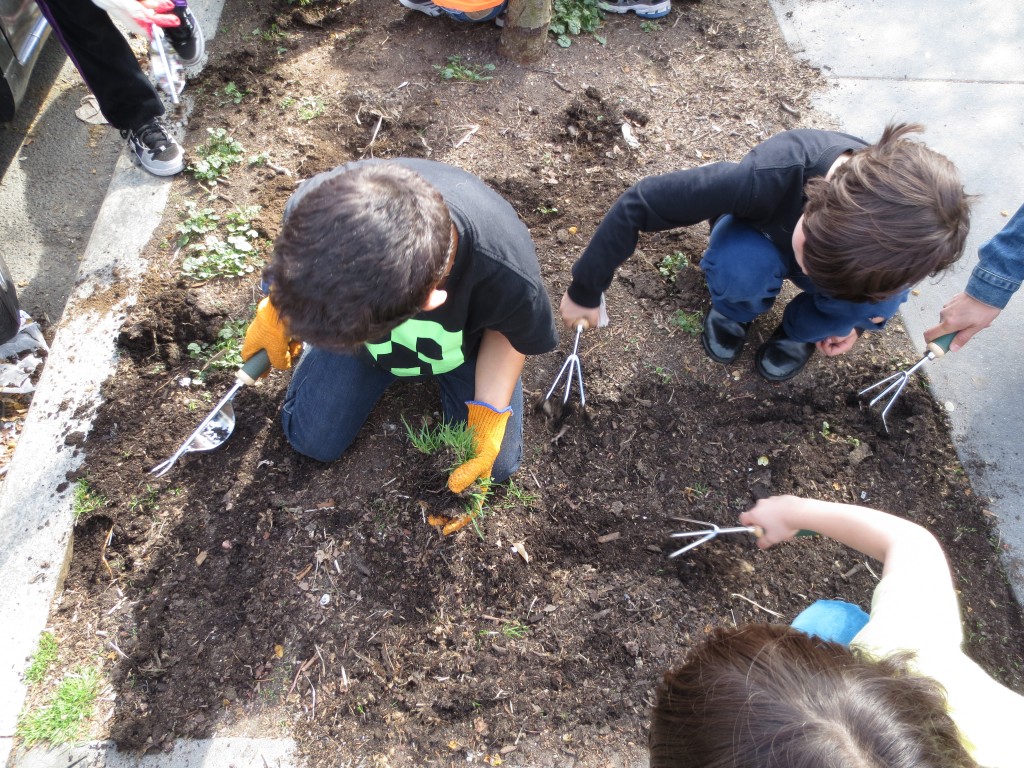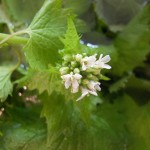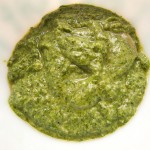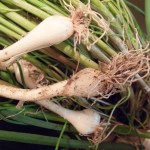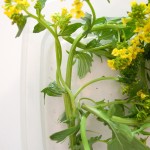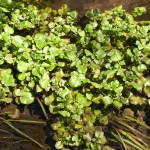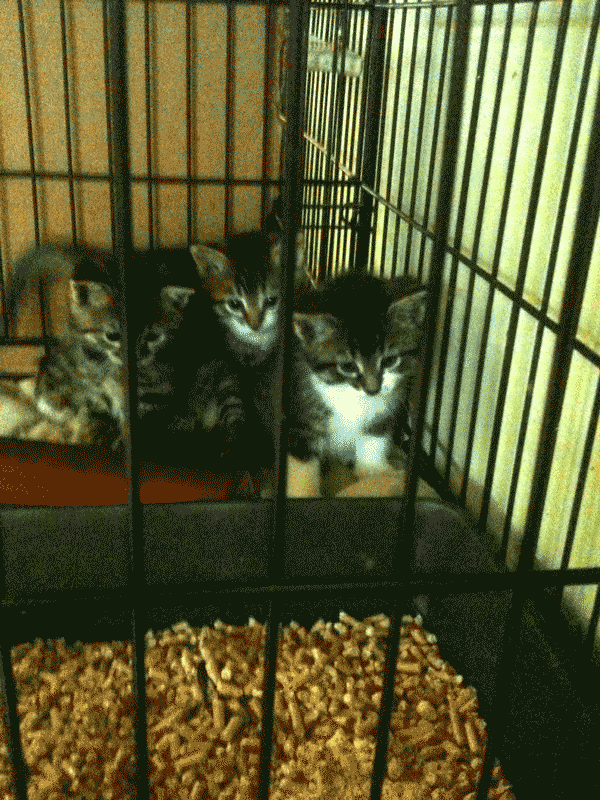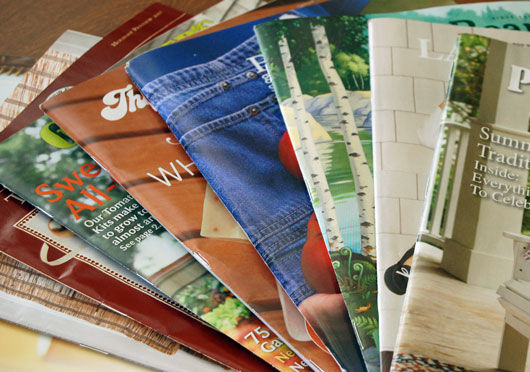Here’s a great article, which highlights how important and beautiful designing gardens with native plants can be.
Category Archives: people making a difference
Pre-Holiday Reading
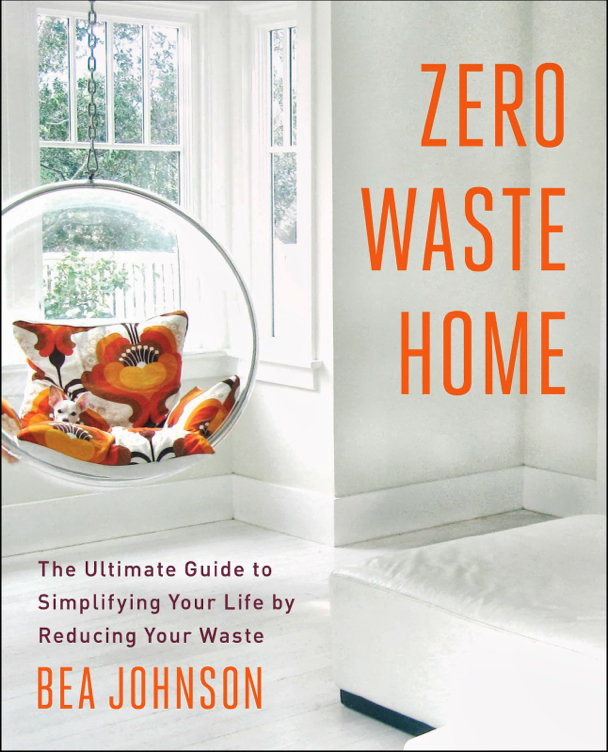 I would like to recommend a book to read before holiday shopping mania grips everyone. It’s Zero Waste Home by Bea Johnson. Some of you may be familiar with her blog. If you aren’t, I would suggest popping over there. It’s worth it.
I would like to recommend a book to read before holiday shopping mania grips everyone. It’s Zero Waste Home by Bea Johnson. Some of you may be familiar with her blog. If you aren’t, I would suggest popping over there. It’s worth it.
What is Zero Waste? It is an attempt to create zero garbage. It is a daunting proposition, but Bea talks about her own experience with a wry sense of humor that I found particularly engaging. When anyone proposes something so radically different from what society considers normal, it is hard not to sound preachy, however I think that Bea skillfully walks the line between being fervent about her topic, and funny while describing her road there.
At the beginning of her story, Bea talks about her family’s desire to downsize their home and simplify their lives as a part of their growing environmental awareness. They moved into a smaller home, and while their belongings were in storage, they realized they were happier without all their “stuff”. They decided to keep only what they truly used, needed and loved and got rid of the rest.
Zero Waste Home is packed with ideas and suggestions for how to simplify your home room-by-room. It gives great recipes for cleaners and even make-up. There are links to many resources including one devoted to all the uses of vinegar.
She knows that she raises eyebrows when she walks into her Whole Foods with glass containers and cloth bags with the tare weight printed on them, politely asking for no packaging. Her choices of products may be limited to what is available in the bulk section, but she is okay with that. She is very clear that Zero Waste doesn’t mean that she recycles all of her waste. She tries not to produce any in the first place. In one year the average American produces 1,051 lbs of garbage, while Bea’s family produces one quart. That is pretty compelling!
Does she go too far? She describes being a bit of a zealot at first and then realizing the negative repercussions of this zealotry and pulling back a little. The example she brings forward (with her self-deprecating humor) is that in the beginning, she used to forage moss to use as toilet paper. Her family has gone back to using toilet paper, which has brought forth critics saying she doesn’t go far enough toward Zero Waste. Again, when you put yourself out there, you are exposing yourself to scrutiny and criticism. I imagine that most people would not be able to maintain her level of commitment. It is something that everyone in a household needs to be on board with for it to work on her level.
One of the ideas that I really appreciated was her addition of “Refuse” to the 3 Rs (recycle, renew, reuse). What if we work diligently to prevent this landslide of stuff from entering our homes in the first place? How about if we don’t take the free shampoos hotels offer? Or the corporate t-shirts that nobody ever wears? What if we take the time and remove ourselves from junk mailing lists? We won’t be faced with the dilemma of what to do with that stuff once we are home. And hopefully fewer of these items will be made in the first place.
Bea goes on to describe how much happier, healthier and even wealthier her family is now that they aren’t burdened down with a huge house (to clean and furnish), giant lawn (to mow) and loads of possessions. She is encouraging and helpful in giving ideas and suggestions for how to begin the journey towards a Zero Waste lifestyle. She has even developed a mapping app that helps locate bulk food stores around the world.
I recommend reading her book as a way to stave off some of the holiday shopping frenzy. I have been sewing gift bags from my fabric stash as an alternative to one-use wrapping paper.
So in the interest of Zero Waste, I would like to pass my copy of her book along to you. Please leave a comment about what you are doing, or are planning to do to help reduce your waste. I will pick someone at random on Black Friday (11/29), so leave your comment before then.
Happy Earth Day!
Hope you are all enjoying the day and doing something to care for the planet.
I helped organize a celebration at my daughter’s school. One of the many great organizations that came was MillionTreesNYC. They gave a workshop on taking care of newly planted street trees. The kids and parents were given tools and gloves and shown how to weed the tree pits and then aerate the soil for better water retention. I thought they would weed one or maybe two tree pits, but they actually did about a dozen of them.
This is the same organization that my daughter’s Girl Scout troop volunteered with to plant trees. They are an amazing organization. I highly recommend volunteering with them, it was by far the best organized and best run events I’ve ever participated in. They’ve reached 700,000 of their million tree goal for planting trees in NYC!
How truly organic are your organic brands?
Even if you don’t live in California and aren’t voting on proposition 37, you can vote at the supermarket. Take a peek at this chart put out by cornucopia.org to see if your organic brands are genuinely green, or quietly support Monsanto and GMOs. I found it to be a bit surprising.
Hurricane Sandy Book Drive
For anyone living near Brooklyn…I’m organizing a book drive with my daughter’s Girl Scout troop.
Garlic Mustard
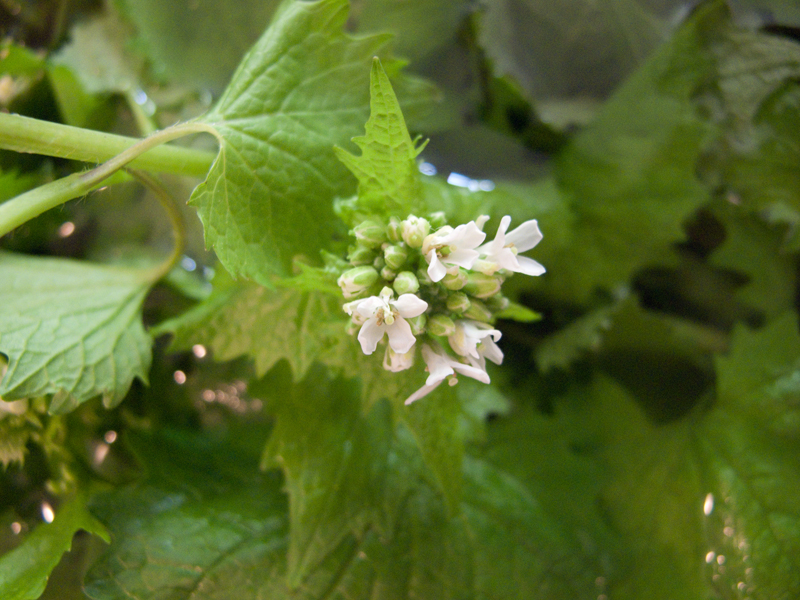
During my morel hunting last Saturday, I noticed other wild edibles in the woods. There was winter cress, garlic chives (as a kid, we called this onion grass), watercress, and two highly invasive plants – garlic mustard and Japanese knotweed.
Being the somewhat nature-deprived city gal that I am, I took the opportunity of gathering some wild edibles while I was in the woods. I gathered all of the above except the Japanese knotweed. Lindsay took ownership of the garlic chives, and delighted in pulling them up to get the bulbs. We made scrambled eggs with chives that were delicious. The eggs, of course, were from our backyard chickens.
The garlic mustard looked hopelessly wilted by the time I got home, so I put it in a big bowl of cold water hoping to revive it. It seems as though nothing can kill garlic mustard, and it perked up in no time. I made a delicious pesto sauce, using 50% basil leaves and 50% garlic mustard leaves and buds. Now is the time to pick garlic mustard to eat, because after the flowers bloom, the plant becomes too bitter.
- garlic mustard pesto
- garlic chives
- scrambled eggs with garlic chives
- winter cress
- watercress
In searching online for garlic mustard recipes, I learned more about the plant itself. It is a highly invasive plant that European settlers brought to plant in their kitchen gardens. It is a prolific producer of seeds and will blanket an area in a very short time, choking out all other native plants, including jack-in-the-pulpit, solomon-seal MOREL MUSHROOMS, and others. Wild animals don’t like to eat it, so it grows completely unchecked. And if that weren’t bad enough, the roots send out a chemical compound that makes the soil inhospitable to other plants. A very primitive form of chemical warfare.
There are many groups that host garlic mustard pulls. The amount of bags filled with the weed is astonishing. Unlike other weeds, you can’t pull this one up and just leave it on the ground. The flowers will have enough energy to produce seeds even after the plant has been uprooted. You have to pull it up by it’s roots and bag it.
Here’s a video that talks about the problems with garlic mustard. It helps you identify it and learn how to get rid of it. There’s even an annual Garlic Mustard Challenge, in which you help them log how many bags of garlic mustard have been pulled. Take a peek here.
Garlic Mustard Identification and Control from Barbara Lucas on Vimeo.
Donating Used Furs to “Coats for Cubs”
Donating Used Furs to “Coats for Cubs” Helps Wildlife : The Humane Society of the United States.
Here’s a great idea for repurposing old fur coats.
Kids Volunteering
We have a no-kill animal shelter in Brooklyn named Barc. I had always wanted to volunteer there, but never found the time. When I proposed going to Lindsay she was excited to go there and pet the kitties. I wasn’t sure how she would like it, but she did and suggested we go every wednesday after I pick her up from school. It has become a very nice ritual for us and the cats.
I have been pleasantly surprised by how well-cared for the animals are, and also how often they get adopted. There was a group of about 18 cats that came from the house of a little old lady who passed away. We fell in love with a couple of them. However, we have an elderly cat ourselves, who would hate company. That combined with the fact that hubby found out he’s allergic to cats, made us vow that no matter how cute the cats are, we wouldn’t bring any home with us. It’s been hard. Especially when you see…
KITTENS!!
I highly recommend doing some sort of volunteer work with your children. It’s very rewarding for all parties. It’s also nice for the kids to step outside of themselves and think about the lives of someone/something else.
Gaming to Change the World
I was listening to NPR on thursday and they had a segment on how video games can change the world. Hear it here. They had Jane McGonigal on who just came out with the book Reality is Broken: Why Games Make Us Better and How They Can Change the World. It was discussing how video games are so much more than the stereotypical shoot and kill ones. She talked about how she helped develop a fast-growing type of video games that turn the players towards positive social goals such as fighting depression, obesity, etc.
She mentioned a free game that is still available online that she developed for the World Bank Institute that challenges the players to address issues such as climate change. It is called Evoke and you can see it here.
Last Minute Gift for the Planet
Do you ever stop and think about all the mail-order catalogs that arrive at your home? Then you think about all those catalogs going to all your neighbors and friends and family and it seems overwhelming. Many companies try and use recycled paper, or paper from managed sources. However, there are still plenty of companies buying paper made from the trees of endangered forests in Canada, the US, etc. Peek here to read about a group called Forest Ethics and how they are trying to protect the endangered forests.
Besides recycling those catalogs, you can very easily stop them from coming to your home in the first place. In the past, if you wanted to stop the catalogs, you had to call each company, navigate through their phone system and convince the person on the phone to take you off their list. Not anymore! Catalog Choice has arrived to do all the work for you. For free I might add.
Just click http://www.catalogchoice.org/ to go to their website. You set up an account (they don’t sell your name to others, because that’s exactly what they are trying to help you with). Then you find companies in their database who are sending you unwanted mail. You just opt-out of receiving mail from them and Catalog Choice does the work contacting them.
Sometimes companies print up to 6 catalogs at a time, so it might take a few weeks/months before you stop receiving them. Just be patient and know that you are making a big difference. They even show you how many trees, pounds of greenhouse gas, pounds of solid waste and gallons of water you have saved by opting out of your particular catalogs. I’m a total sucker for those stats!
Happy Holidays! Please share your ideas for gifts for the planet.

